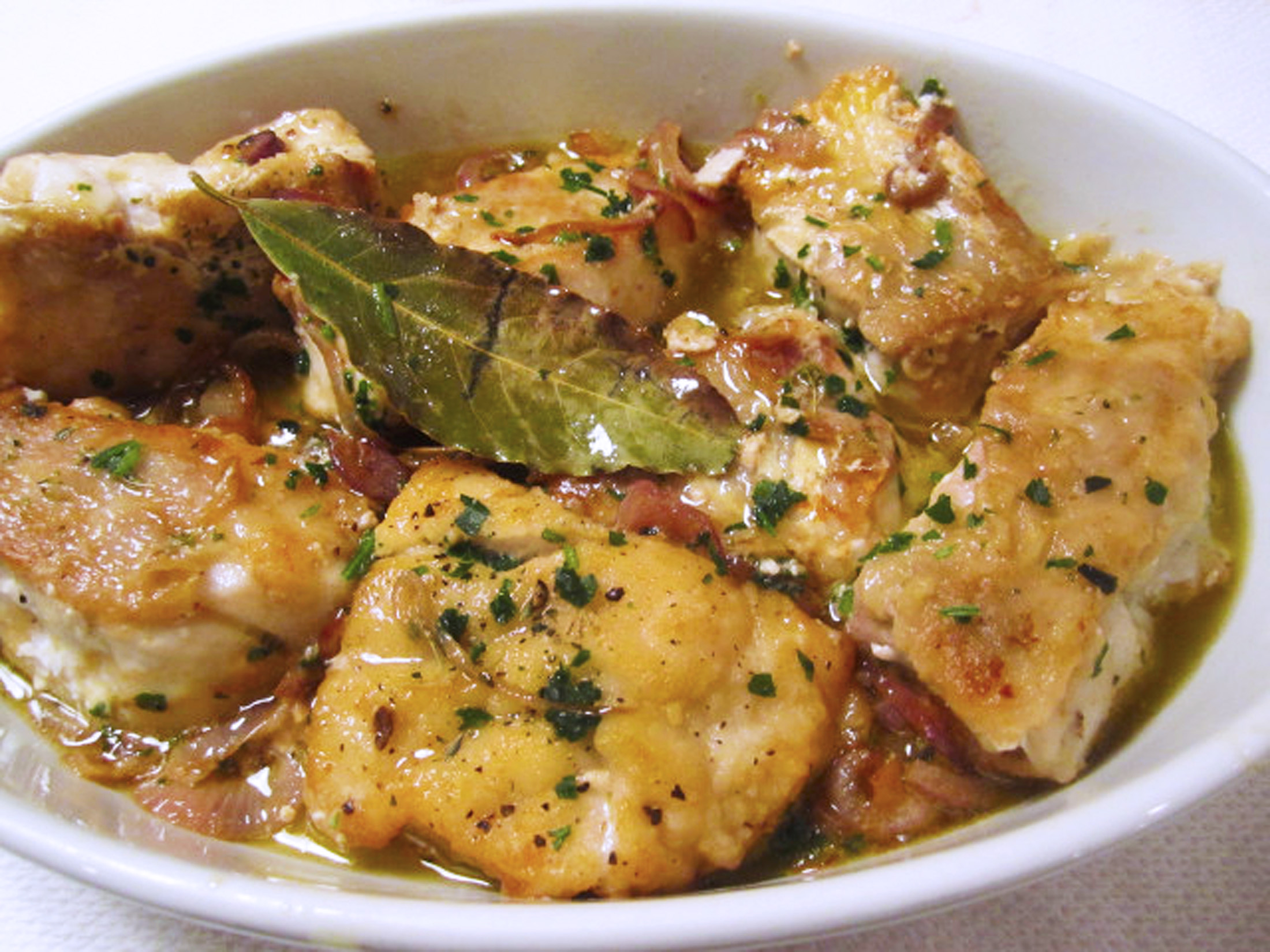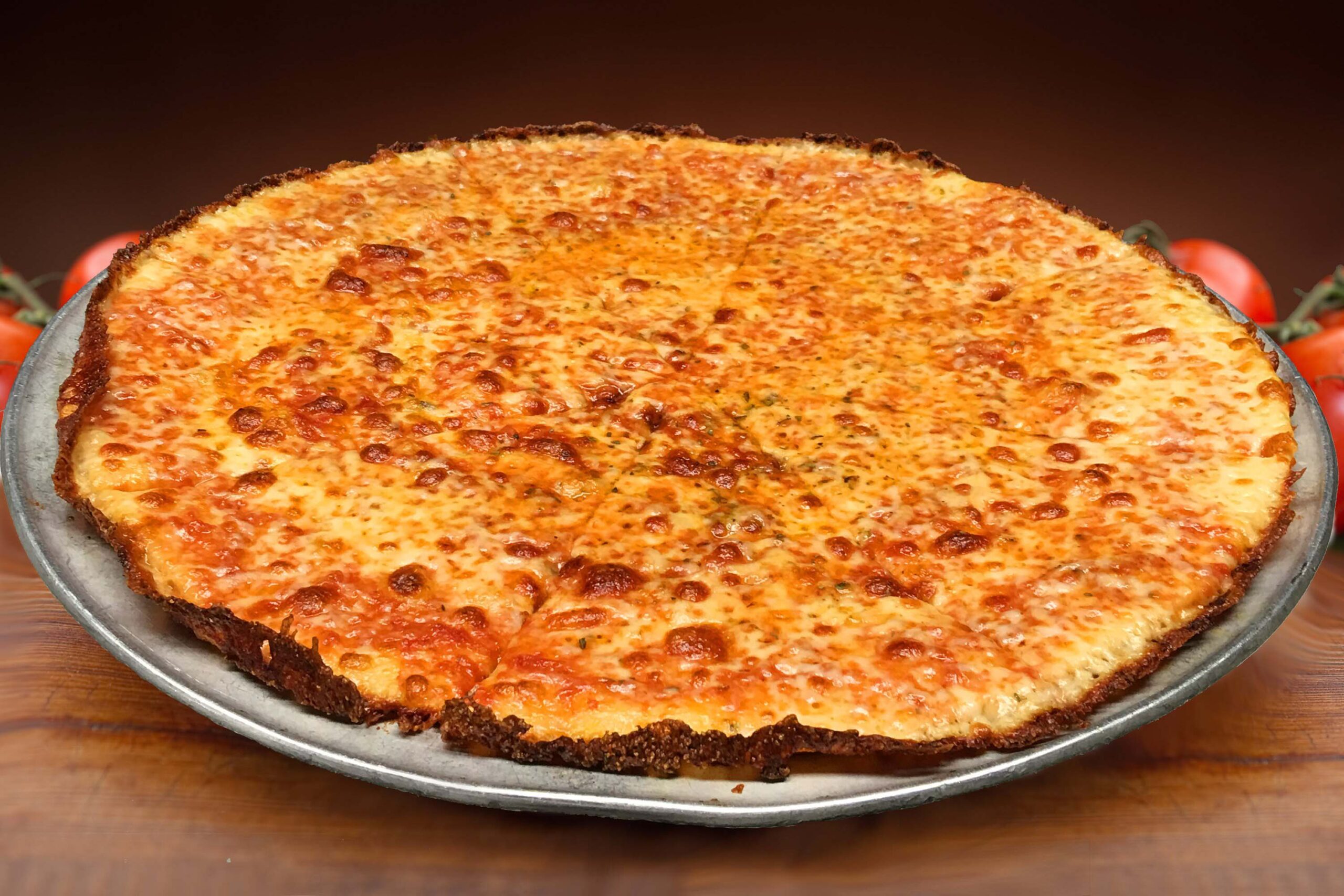Pellegrino Artusi – The Father of Italian Cuisine
Pellegrino Artusi (1820 – 1911) was an Italian businessman and writer, best known as the author of the cookbook “La scienza in cucina e l’arte di mangiare bene” (Science in the Kitchen and the Art of Eating Well).
The son of the wealthy silk merchant, Artusi came from a large family of 13 children. He took over his father’s business in Forli, in the Emilia Romagna region, making quite a bit of money. The lives of the Artusi family were permanently disrupted in 1851 by the arrival of the outlaw Stefano Pelloni, nicknamed il Passatore – the Ferryman. One by one, he took all of the upper-class families hostage, holding them captive in the city theater, including Pellegrino Artusi’s family.
The following year, the family moved to Florence. Here, Pellegrino began working in finance and he also dedicated his time to two of his favorite hobbies – literature and the art of cooking. He bought a house in D’Azeglio Square in Florence, where he quietly lived out his life until 1911, when he died at the age of 90. Single, he lived with just a butler from his hometown and a Tuscan cook. He left most of his fortune to charity, as well as providing for his cook, Marietta and butler, Francesco for the rest of their lives. Artusi is buried in the Porte Sante Cemetery, part of the Basilica of San Miniato al Monte.
Artusi was a firm believer in the scientific method, which he used in his book. Every recipe was the result of trials and experiments. In 1891, at age 71, he completed his cookbook, but could not find a publisher. He used his own money to self-publish, selling a thousand copies of the first edition in four years. The cookbook then caught on and before Artusi died, more than 200,000 copies had been sold. Filled with amusing anecdotes as well as recipes, the book is a perennial best seller in Italy and has been translated into seven languages. Artusi was the first to include recipes from all the different regions of Italy in a single cookbook. He is often credited with establishing a truly national Italian cuisine for the first time.
His cookbook lists recipes by month, with additional recipes for special holidays. With almost 800 recipes, it is also an interesting indication of what meals consisted of in late 19th century Italy. Yet, even though he grew up and lived in an environment of privilege and wealth, the recipes are very reflective of traditional cooking. Below are light, yet satisfying recipes from more than a century ago that Artusi selected for Good Friday.
Crescioni
Artusi recommends this simple Tuscan recipe for lunch on Good Friday. It is the recipe that Marietta often prepared for him, especially in the spring. This recipe makes three Crescioni; in the case of Artusi’s household – one each for him, Marietta and Francesco.
Ingredients
For the dough
- 1 lb flour
- 1 tsp baking soda
- 1/2 cup vegetable oil
- 1 tsp salt
- 3/4 tsp honey
- About 6 oz water
For the filling
- 8 cups spinach, roughly chopped
- 3 tbsp olive oil
- 1 clove garlic, minced
- small handful flat leaf parsley, finely chopped
- 2 oz raisins
- salt and pepper
Preparation
Artusi’s recipe requires making the dough by hand, but it is easier to use a stand mixer.
To make the filling – In a large skillet, heat the olive oil and sauté the minced garlic for about one minute, then add the spinach. Cook until slightly wilted, then add the parsley, salt and pepper to taste, plus the raisins. Continue cooking over a medium flame until the spinach is fully cooked, then remove the soffritto and drain on paper towels.
To make the dough – Place all of the ingredients for the dough in a mixer with a dough hook and knead for a couple of minutes until the dough comes together and looks smooth (add the water little by little as the dough is being kneaded). You can do this by hand but it will require a longer kneading time.
Make 3 smaller balls of dough and roll them into thin 3 circles about 1/8-inch thick. Place the filling on one side of the circle and then fold the other side on top of it. Press the sides well with your fingers or the tines of a fork to close the crescioni.
Cook the crescioni in a hot cast iron skillet (or non-stick frying pan). The pan has to be hot initially, but immediately lower the flame so that the crescioni do not cook too quickly. You do not want them to be hard or break when you add the filling. When the crescioni starts to brown, flip it over and cook on the other side. Try and cook the side as well by keeping the crescione standing.
Cauliflower Frittata
Artusi was not a fan of cauliflower, calling it “the most tasteless of all greenery,” but he was quick to point out that it that the cooks in Italy have found the perfect use for the vegetable – in a frittata.
Ingredients
- 1 medium cauliflower
- 6 eggs
- 4 oz of Parmigiano cheese, grated
- salt and pepper to taste
- fresh herbs, such as rosemary, thyme or oregano
- vegetable oil for frying
Preparation
Remove all the leaves from around the cauliflower and cut into small florets. Discard the core and wash the florets properly.
Boil a pot with some salted water, add the cauliflower and blanch it for a couple of minutes. Drain it, then chop it roughly. If preferred, you can mash it with a fork, but not too finely or the frittata will not set.
In a large frying pan, warm the oil over a medium flame, then add the cauliflower. Sauté for 10 minutes, until the cauliflower takes a little golden color. Add the fresh herbs and sauté for one minute, then set aside.
Meanwhile, beat the eggs with the grated Parmigiano, salt and pepper. Add the eggs and cauliflower to the pan and stir quickly to make sure the eggs have covered all the cauliflower. Cook for 5-6 minutes then use a plate to turn the frittata over. Add the sautéed herbs to the top and cook for another 5-6 minutes. Artusi’s cauliflower frittata is excellent served warm or cold, making it ideal for La Pasquetta as well.
Pesce a Taglio in Umido
This tasty dish by Artusi is quick to prepare making a delicious sauce using white wine, onions, oregano and bay leaves.
Ingredients
- 2-1/2 lb of thick, firm fleshed fish such as striped bass or tilefish
- 1 large onion
- 6 tbsp olive oil
- 1 cup white wine
- 3 large bay leaves
- 2 tsp fresh oregano
- flour for dredging
- salt and pepper to taste
Preparation
Season the filets well with salt and pepper on both sides and dredge in flour. In a large frying pan, heat 4 tablespoons of olive oil over a medium-high flame until hot. Sauté the filets undisturbed over a high flame until golden on the underside, 4-5 minutes. Turn and briefly fry on the other side (about 1 minute). Remove the fish and set aside.
In the same frying pan, add the onions and bay leaves and lower the flame to medium. Sauté the onions until slightly caramelized (about 8-10 minutes). Turn up the flame to high and add the white wine.
Reduce the wine for 2 minutes, then add the fish filets and sprinkle with oregano. Simmer, uncovered on low heat for about 5 minutes, until fish is cooked through and sauce has thickened. Taste and add salt if necessary.





